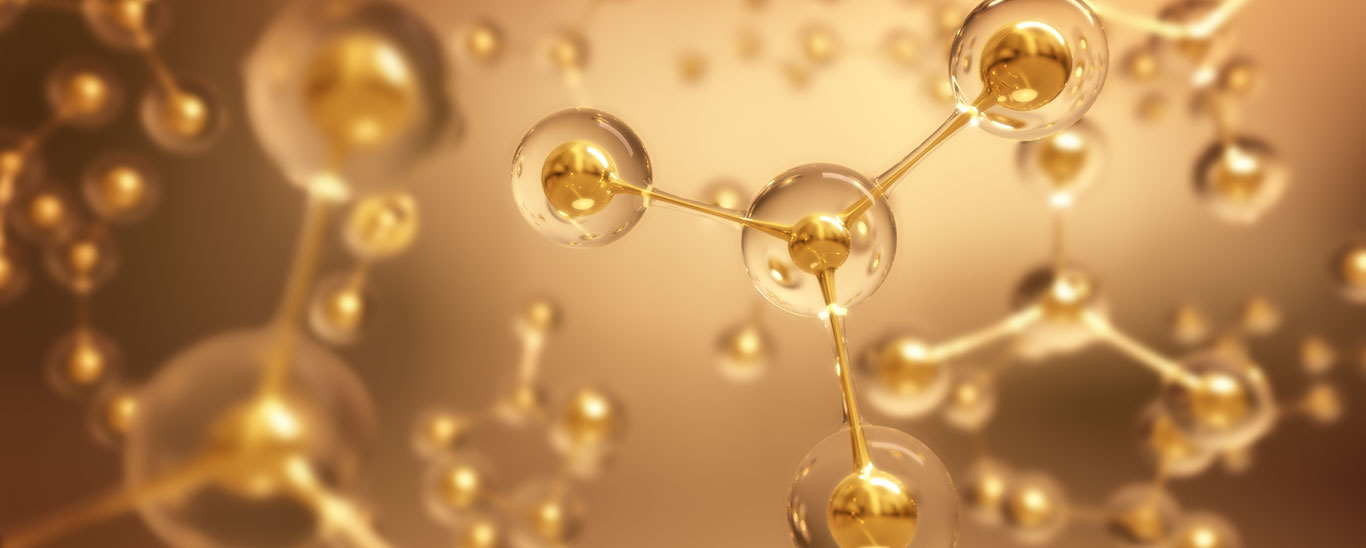Enzyme structure
The structure of the enzyme is important because it determines the specific function of the enzyme in the body. Enzymes (and other proteins) are made up of amino acid chains called “polypeptide” chains. The linear sequence of amino acids determines the folding characteristics of chains into a three-dimensional structure. An enzyme may have only one polypeptide chain, which usually binds one hundred amino acids or more, or it may contain several polypeptide chains that act together. Most enzymes are larger than the substrates they act on. Only a very small portion of the enzyme, approximately 10 amino acids, is in direct contact with the substrates. This region, where the bond between the substrates and the reaction occurs, is known as the active site of the enzyme.
How do enzymes catalyze reactions?
An enzyme-catalyzed reaction must be spontaneous. This means that it occurs naturally with no external pressure (thermodynamically, the reaction must have a net negative Gibbs energy). In other words, the enzyme-free reaction proceeds in the same direction as the enzymatic state. However, in the absence of enzymes, the reaction occurs significantly slower. For example, the breakdown of food particles such as “carbohydrates” into smaller sugar components occurs spontaneously, but the addition of enzymes such as “amylases” in our saliva causes the reaction to occur more rapidly.
Enzymes can pair two or more reactions together, so that a spontaneous reaction can be used to perform an adverse reaction. For example, the release of the high-energy compound “adenosine triphosphate (ATP)” provides the energy for adverse chemical reactions, such as the production of proteins.

